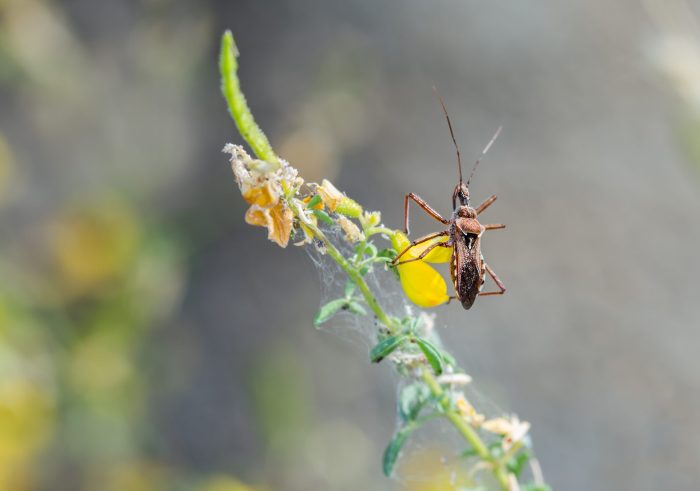
West Nile Virus is a mosquito-borne illness that has gained global attention due to its unpredictable outbreaks and potential to cause severe health complications. While many people infected with the virus experience mild or no symptoms, in some cases, it can lead to serious neurological diseases. Understanding how West Nile Virus spreads, who is at risk, and what protective measures can be taken is crucial for public health and personal safety.
In this article, we’ll explore the origins of West Nile Virus, its modes of transmission, the groups most at risk, and practical strategies to protect yourself and your community.
What Is West Nile Virus?
West Nile Virus (WNV) is part of the flavivirus family, the same group that includes dengue, yellow fever, and Zika viruses. It was first identified in Uganda in 1937, but it wasn’t until the late 1990s that it became a public health concern in North America, where large outbreaks occurred. Today, the virus is found on nearly every continent, highlighting its ability to spread rapidly through mosquito populations.
Most people infected with WNV do not develop noticeable symptoms. About 1 in 5 individuals may experience mild flu-like illness, and less than 1% of cases progress to severe conditions such as meningitis or encephalitis.
How Does West Nile Virus Spread?
The primary method of transmission is through mosquito bites. Mosquitoes become carriers when they feed on infected birds, which act as the natural hosts of the virus. Once infected, the mosquito can transmit the virus to humans and other animals.
Here’s a breakdown of the transmission cycle:
- Birds as Reservoirs – Wild birds carry the virus in their bloodstream. Many species show no symptoms, making them efficient reservoirs.
- Mosquitoes as Vectors – When a mosquito feeds on an infected bird, it acquires the virus. After an incubation period inside the mosquito, the virus can be transmitted to other hosts.
- Humans and Animals as Dead-End Hosts – Humans, horses, and most other mammals do not spread the virus further. Once infected, the virus does not reach levels in their blood that could infect new mosquitoes.
Other Transmission Routes
While mosquito bites are the main cause of West Nile Virus infections, other rare transmission routes exist:
- Blood transfusions – In rare cases, the virus can be passed through donated blood. Screening procedures have largely reduced this risk.
- Organ transplants – Transmission has occurred in recipients of infected donor organs.
- Mother-to-child – Pregnant women can pass the virus to their unborn babies, and transmission through breastfeeding has been reported but is very rare.
Who Is Most at Risk?
Not everyone infected with West Nile Virus will fall severely ill. However, certain groups face a much higher risk of complications:
- Older adults – Individuals over 60 are more likely to develop severe neurological illnesses.
- People with weakened immune systems – Those undergoing chemotherapy, living with HIV/AIDS, or on immunosuppressive medication face higher risks.
- Individuals with chronic health conditions – Diabetes, hypertension, or kidney disease can increase susceptibility.
While younger and healthy individuals are not immune, they generally experience milder symptoms or remain asymptomatic.
Symptoms and Warning Signs
Understanding the symptoms can help in early detection and timely medical intervention. Symptoms typically appear between 2–14 days after being bitten by an infected mosquito.
Mild Symptoms
- Fever
- Headache
- Body aches
- Fatigue
- Rash on the trunk of the body
Severe Symptoms
In rare cases (less than 1%), the virus invades the nervous system, leading to life-threatening conditions:
- Stiff neck
- Confusion or disorientation
- Muscle weakness or paralysis
- Seizures
- Coma
Anyone showing these severe symptoms should seek immediate medical care.
How to Protect Yourself from West Nile Virus
The good news is that prevention is straightforward and highly effective. Since mosquitoes are the primary culprits, the focus lies in avoiding mosquito bites and reducing mosquito populations.
Personal Protection
- Use insect repellent containing DEET, picaridin, or oil of lemon eucalyptus.
- Wear long-sleeved clothing and pants, especially during dawn and dusk when mosquitoes are most active.
- Install window screens to keep mosquitoes out of your home.
Environmental Protection
- Eliminate standing water around your home (in buckets, flowerpots, gutters, birdbaths) where mosquitoes breed.
- Introduce mosquito predators like fish or dragonflies in ponds.
- Community mosquito control programs – Local health departments often spray insecticides to reduce mosquito populations during outbreaks.
Public Health Response to West Nile Virus
Governments and health organizations monitor mosquito and bird populations to detect early signs of West Nile Virus activity. These surveillance systems allow authorities to issue warnings, organize mosquito-control campaigns, and advise communities about protective measures.
For example, testing dead birds can provide early indicators of outbreaks, while mosquito-trap monitoring helps pinpoint high-risk areas. Blood banks also screen donations to prevent transmission through transfusion.
Living with the Risk: What You Can Do
West Nile Virus is now considered endemic in many regions, meaning it is here to stay. However, with proper awareness and prevention strategies, the risk of infection can be greatly minimized. Individuals, communities, and governments each play a role in managing the spread.
- Individuals can use repellents, wear protective clothing, and reduce standing water.
- Communities can support vector-control initiatives and report dead birds for testing.
- Governments can invest in research, surveillance, and public education.
Conclusion
West Nile Virus is a global health concern, but it is also a preventable one. Understanding how West Nile Virus spreads—primarily through the bird-mosquito-human cycle—helps us identify practical steps for protection. While the majority of infections are mild, the risk of severe neurological disease makes prevention a priority, particularly for vulnerable groups.
By combining personal protection with community-wide mosquito control, we can significantly reduce the impact of this disease. Awareness, vigilance, and proactive measures remain our strongest defenses against West Nile Virus.

